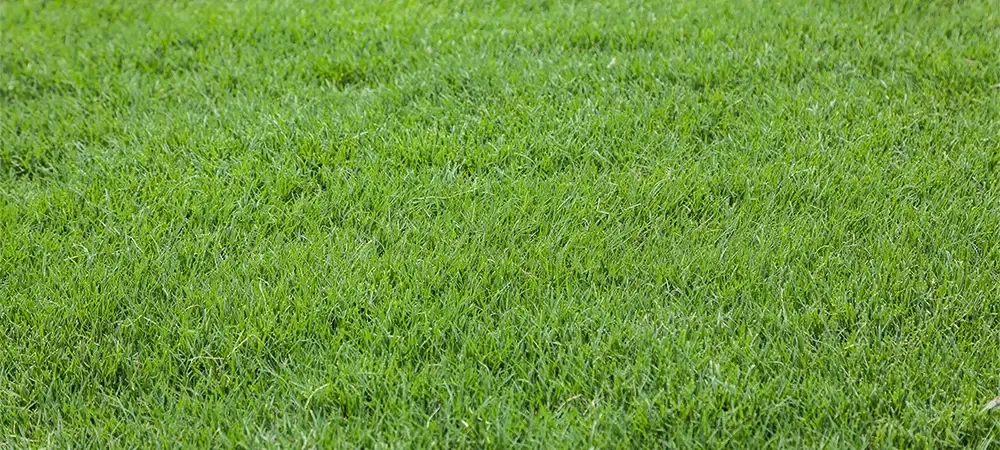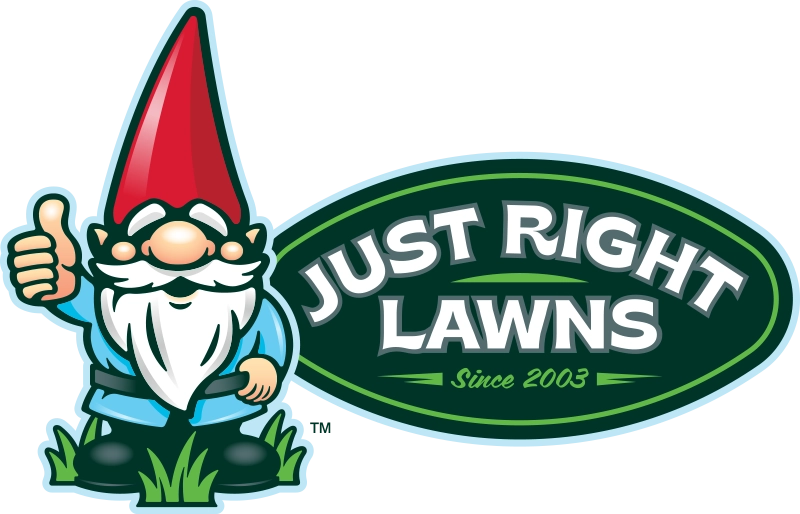How to Treat Bermuda Mites

Bermuda mites can cause significant damage to Bermuda grass if not managed properly. Identifying these pests and understanding the best treatment options are crucial for maintaining a healthy lawn. We’ll give you detailed information on recognizing Bermuda mites, effective treatment methods, and specific products like Triazicide.
How Do I Know if I Have Bermuda Mites?
Accurate identification of Bermuda mites is the first step in effective treatment. Here’s how you can determine if these pests are affecting your lawn.
Visual Inspection
- Discolored Patches: Look for small, irregular patches of grass that appear yellowed, scorched, or thinned out. These patches may expand over time.
- Leaf and Soil Inspection: Check the undersides of grass blades and the soil surface for signs of mites. Mites are tiny and may be difficult to see without a magnifying glass.
Symptoms
- Patchy Grass: Bermuda mites often cause uneven patches where grass growth is stunted.
- Reduced Growth: Infested areas may show poor growth and reduced density, leading to bare spots.
- Color Changes: Grass may turn yellow or brown as a result of mite feeding.
Testing
For a definitive diagnosis, consider collecting samples of affected grass and soil. Send these samples to a local agricultural extension service or pest management professional for analysis. Many university extension services offer pest diagnostic services.
What Will Kill Bermuda Mites?
Once you’ve identified Bermuda mites, you need to choose the right treatment to manage them effectively. Here are some options:
Chemical Miticides
- Miticides: Look for products specifically labeled for mite control. Effective miticides for Bermuda mites often contain active ingredients like bifenthrin, cyfluthrin, or abamectin. For instance, Avid 0.15 EC is known for its effectiveness against mites.
- Application: Follow the manufacturer’s instructions for dosage and application methods. Over-application or incorrect use can harm beneficial insects or the lawn itself.
Cultural Practices
- Watering: Maintain proper irrigation to avoid water stress, which can make grass more susceptible to mites. Water deeply but infrequently to encourage deep root growth.
- Mowing: Regular mowing helps manage mite habitats by removing potential breeding sites. Keep Bermuda grass at the recommended height, typically 1 to 2 inches.
- Fertilization: Apply balanced fertilizers to promote vigorous grass growth. A healthy lawn is more resilient to pests. Refer to Texas A&M AgriLife Extension for detailed fertilization guidelines.
What is Triazicide?
- Active Ingredient: Triazicide’s active ingredient is usually a triazole compound. Triazoles work by disrupting the hormonal systems of pests, which prevents them from reproducing and feeding.
- Uses: Triazicide is used to control a variety of pests, including some types of mites. It is suitable for application on turf and ornamental plants.
- Safety: Always adhere to safety instructions provided on the label, including the use of personal protective equipment (PPE) and proper application methods. Refer to the Environmental Protection Agency (EPA) for more information on pesticide safety and regulations.
Managing Bermuda mites involves a comprehensive approach, from identifying the problem to implementing effective treatments. By following these guidelines and using products like Triazicide when appropriate, you can maintain a healthy and vibrant lawn. For persistent issues or specialized advice, contact our team today to see how we can help. Our team provides professional lawn care services throughout Austin, San Antonio, Dallas, and Fort Worth!

